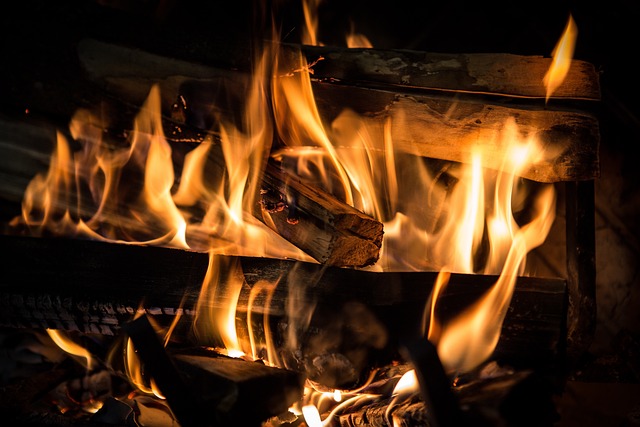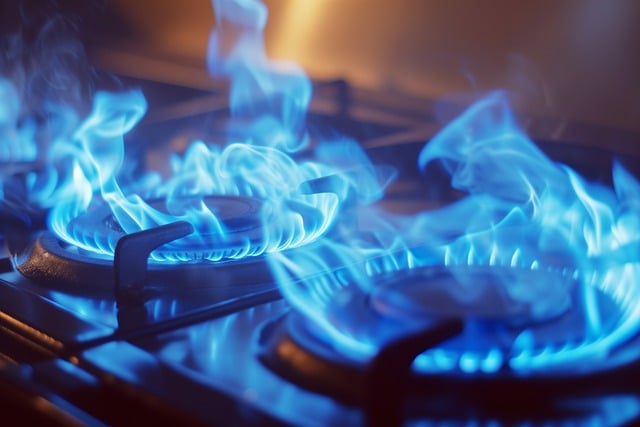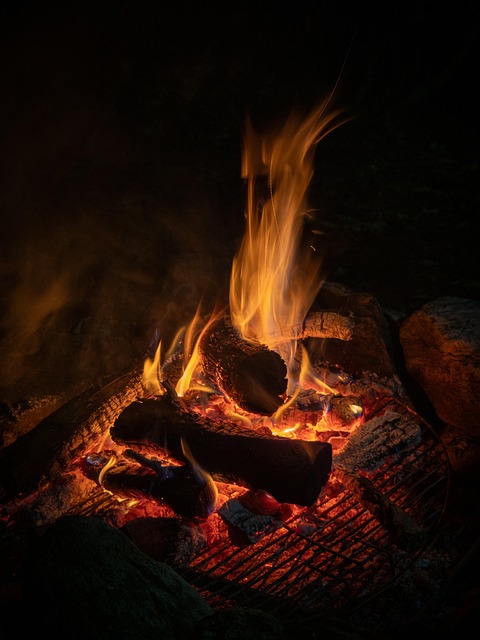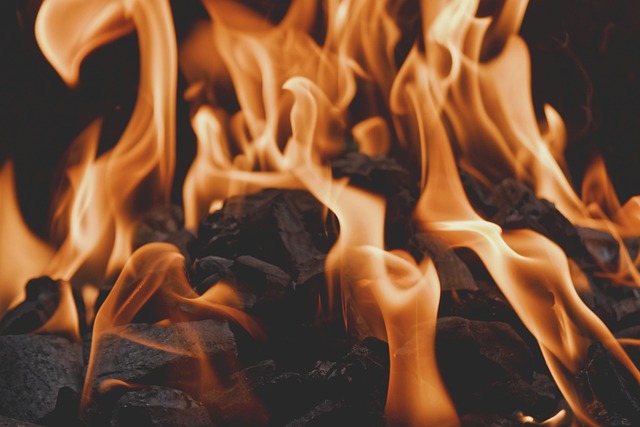Selling a fire-damaged home in California requires understanding the damage assessment, insurance claims, and restoration processes. Homeowners should hire professional inspectors for accurate estimates, navigating structural integrity, hidden risks like mold, and hazardous materials. Key factors influencing repair costs include fire extent, construction materials, and ACV replacement value. Documenting damages, gathering evidence, and scrutinizing policy terms empower homeowners to negotiate with insurers. Strategic restoration involves licensed contractors focusing on both structural fixes and aesthetic improvements for maximum resale value in the competitive California market.
After a devastating fire, understanding the fire damage repair estimates is crucial for homeowners in California. This comprehensive guide navigates the complex process of assessing and repairing fire damage, ensuring you’re prepared. We explore topics from the role of professional inspectors to key factors influencing estimates. Learn how to decode your insurance claim, advocate for fair compensation, and choose the best repairs and contractors for your California home. Discover expert tips on selling a fire-damaged property in this detailed resource.
- Understanding Fire Damage Assessment: What to Expect After a California Fire
- The Role of a Professional Inspector in Accurately Evaluating Losses
- Key Factors Influencing Fire Damage Repair Estimates: A Detailed Breakdown
- Decoding the Estimate: Common Terms and Components in California Home Insurance Claims
- Navigating the Claim Process: How to Advocate for Fair Compensation
- Restoring Your California Home: Tips for Choosing Repairs and Contractors
Understanding Fire Damage Assessment: What to Expect After a California Fire

After a fire in California, understanding the fire damage assessment process is crucial for homeowners looking to sell their property. The first step involves a thorough inspection by a professional to evaluate the extent of the damage. This includes not just visible charring and smoke damage but also hidden risks like mold growth behind walls or in attics.
During an assessment, experts will document everything from structural integrity issues to the presence of hazardous materials. They’ll then provide a detailed estimate for repairs, which can range from minor cosmetic fixes to complete rebuilding, depending on the severity of the fire and its impact on the home. For homeowners aiming to sell, having accurate and up-to-date estimates is essential when navigating insurance claims and marketing their property in a competitive California real estate market.
The Role of a Professional Inspector in Accurately Evaluating Losses

When it comes to fire damage repair estimates in California, the role of a professional inspector cannot be overstated. These experts are trained to accurately evaluate losses, taking into account every aspect of the property affected by fire, smoke, and water damage. They meticulously document all damages, including structural integrity issues, aesthetic repairs needed, and potential health hazards from smoke residue.
A professional inspector ensures that you receive a fair and accurate estimate for your fire damaged home in California. Their detailed reports serve as a crucial tool for insurance claims, helping to streamline the restoration process and ensuring you get the compensation you deserve. By relying on their expertise, homeowners can make informed decisions about repairs, knowing they have a solid understanding of the scope of work required to restore their property to its pre-fire condition.
Key Factors Influencing Fire Damage Repair Estimates: A Detailed Breakdown

When it comes to fire damage repair estimates in California, several key factors come into play, shaping the overall cost and scope of restoration work. These factors are essential for both homeowners and contractors to understand when navigating the process of selling a fire-damaged home. First and foremost, the extent of the fire and its impact on the property is crucial. The size and intensity of the blaze determine the level of damage, affecting material costs and labor hours required for repairs. For instance, extensive smoke and soot contamination necessitates specialized cleaning and decontaminating processes, adding to the estimate.
Another significant aspect is the structural integrity of the building. If the fire has compromised key structural elements like walls, floors, or roofs, these will need to be fully assessed and possibly replaced, driving up repair costs. Additionally, the age and type of construction materials used in the home can influence estimates; older homes with specific materials may require more specialized techniques and materials for restoration. How a homeowner addresses these factors when preparing their property for sale in California’s competitive market can significantly impact their bottom line.
Decoding the Estimate: Common Terms and Components in California Home Insurance Claims

When dealing with fire damage repair estimates in California, understanding your home insurance claim is crucial for successfully selling a fire-damaged property. Decoding an estimate involves familiarizing yourself with common terms and components specific to California home insurance claims. One key term to grasp is “actual cash value” (ACV), which refers to the replacement cost of your home minus depreciation. This is the basis for most compensation in fire damage cases.
Additionally, you’ll encounter terms like “repair/replacement” and “contents coverage,” indicating how insurers will handle repairs or replacements for both structural elements and personal belongings. Contents coverage can vary widely, so it’s essential to scrutinize this section carefully when comparing estimates. Knowing these components helps homeowners negotiate effectively and ensure they receive adequate compensation when selling a fire-damaged home in California.
Navigating the Claim Process: How to Advocate for Fair Compensation

Navigating the claim process after a fire can be overwhelming, but understanding your rights and options is crucial for advocating fair compensation in California. The first step is to document every detail – from the extent of damage to any personal belongings lost or damaged – as this will be essential when presenting your case to insurance companies. Take photos of all affected areas and keep records of all communications related to the claim.
Once you’ve gathered these documents, learn about the specific guidelines and requirements for fire damage repair estimates in California. Familiarize yourself with your policy terms and conditions, understanding what’s covered and what isn’t. This knowledge will empower you to negotiate effectively during discussions with adjusters and ensure you receive fair compensation for the repairs, helping you sell a fire-damaged home with confidence.
Restoring Your California Home: Tips for Choosing Repairs and Contractors

When restoring your California home after fire damage, choosing the right repairs and contractors is crucial for a successful sale in the future. Start by assessing the extent of the damage with a professional inspector to get an accurate estimate. Look for licensed and insured contractors who specialize in fire damage restoration—experienced pros can provide valuable insights into how to maximize your home’s value during the repair process.
Consider the reputation, references, and customer reviews when selecting a contractor. Reputable companies will offer transparent pricing, detailed estimates, and comprehensive services that adhere to industry standards. Prioritize repairs that not only fix structural issues but also enhance aesthetics and functionality—from replacing damaged walls and ceilings to restoring or upgrading electrical and plumbing systems—all these efforts contribute to the overall appeal of your home for potential buyers in the California market.
When facing fire damage in your California home, understanding the repair estimates is key to navigating the claims process effectively. By familiarizing yourself with the assessment methods, factors influencing costs, and common terms in insurance claims, you’re better equipped to advocate for fair compensation. Remember, choosing the right contractors and following proper guidelines can significantly impact the outcome of selling a fire-damaged home in California. With the right knowledge and steps, you can restore your property and move forward with confidence.






